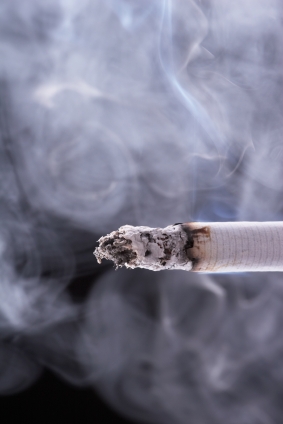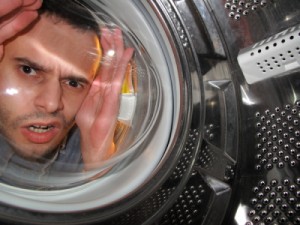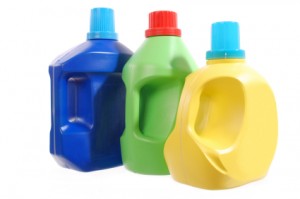Have you ever put your clothes in the washer perfectly clean (ok, dirty, but perfectly clean otherwise), and have them come out of the dryer with pesky “grease” stains? You have to ask yourself if you did something wearing those clothes that would have caused the stains. When you realize there’s no way you had, you turn your attention to your washer and/or dryer. Yes, one of them is to blame. Read on for
the cause of these pesky stains and how to eliminate the little rascals.
A Dirty Washer
So let’s say you or your family members work a job that involves getting grease on your clothes: say, a fast food restaurant or car mechanic. If you throw the grease-stained clothes in the washer with perfectly “clean” clothes, there is a very real possibility of cross-contamination.
But let’s say you cleverly wash the grease-stained clothes separately knowing that you may otherwise cross-contaminate your other clothes, and yet you still end up with grease stains on the clothes in the latter load. Now you may have a problem: a dirty washer.
Laundry detergent, fabric softener, various odors, and yes, even grease, can build up on the inside of your washing machine after every use. If this build-up isn’t properly cleaned, it can lead to a stinky washer. And a stinky washer can mean stinky clothes and a transfer of the “funk” that’s building up inside the washer onto your clothing – including grease.
Using a washer cleaner, such as Smelly Washer, twice a month removes odor, fungus, and mildew from your washer. This washer cleaner uses all-natural ingredients to safely and effectively eliminate the offending “hitchhikers” in your washing machine. Use a washer cleaner, like Smelly Washer, in your washer’s hottest or preset “clean” cycle with no clothes in the tub.
A Machine Malfunction
If you don’t work fast food and your washer is sparkling clean, considering an underlying problem. The problem may be the seal on the transmission failing. If this happens, grease from the transmission (necessary for it to function) will leak and float (recall from science class that oil is less dense that water) up into the washer. As the grease enters the tub, it stains your clothes.
The only solution for this is to call a repairperson or the manufacturer to have them replace the transmission or seal.
The Dryer May Actually Be To Blame
If your washer comes back with a clean bill of health and you’re still getting pesky grease stains, the culprit could be your dryer. Check the seals around the motor for grease leakage. If this isn’t it, it could be a residue from dryer sheets. Always place dryer sheets on top of laundry (not in between) and start the dryer immediately.
To remove grease stains, apply a grease-fighting dishwashing detergent, such as Dawn, to the stain and allow it to soak. Rinse and launder as usual.


